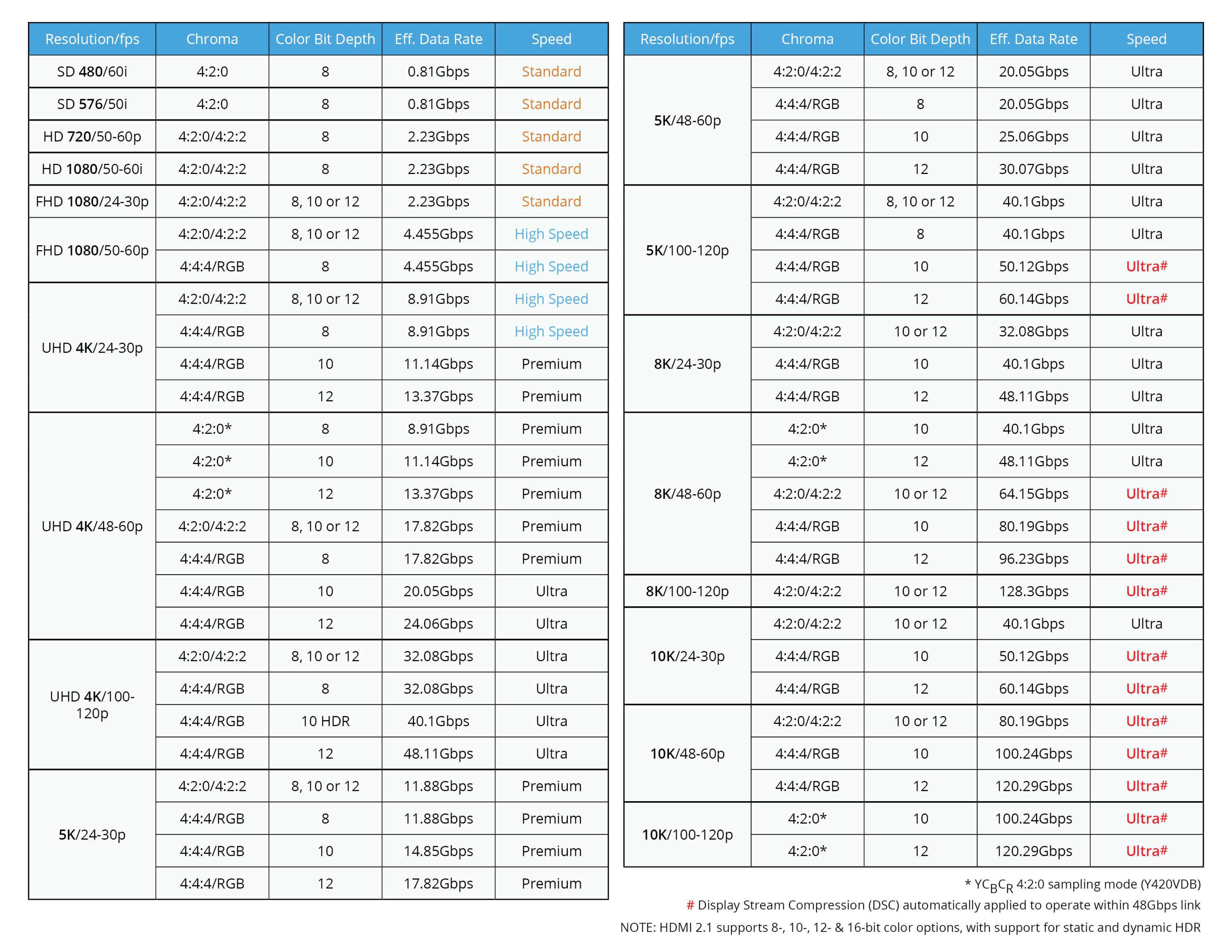Well, we can look at it in comparison to the OLED model. Hypothetically, it could use the same dock, screen, joy-cons, etc. as the OLED model, and have a BoM which aligns very closely to the OLED model with the exception of three components: the SoC, RAM and flash storage. Obviously there would be other smaller changes like PMICs, changes to the heatsink/fan assembly, etc., but I'd expect these three to be the main drivers of any cost increase over the OLED model.
So, we could estimate what scope they have to increase costs of these components and target a break-even price-point. Let's assume a 10% retailer margin, so $315 of revenue for Nintendo for an OLED Switch. Then, we can take my gross margin estimate, round it down to 30% (as Nintendo have stated margins are lower on the OLED model), and we get a cost of $220.50 and a profit of $94.50 for each OLED Switch. This cost includes assembly, distribution, etc, but again we can assume these don't change with the new model. If correct, that means Nintendo would have the scope to increase the BoM by almost $95 over the OLED model and break-even at $350.
To break this down further between the SoC, RAM and flash memory, we need cost estimates on both the old components and new ones. The SoC is the most difficult, so we'll leave that until last, but we can get some cost estimates for RAM and flash from smartphone teardowns. For these I'm going to use TechInsight's BoMs for the
Poco C40 and the
Galaxy Z Fold 5G. The Z Fold 5G in particular is last year's model, but it gives us a ballpark to work off.
On the Poco C40, a single cost of $24 is given for memory, which includes both RAM and flash storage, but the phone does use 4GB of LPDDR4X and 64GB eMMC, so is close to the OLED model. I'm going to assume a split of $14 for the LPDDR4X and $10 for the eMMC here. Neither of these quite match the costs that Nintendo would be paying, though. Firstly because the components in question are being manufactured by ChangXin Memory Tech and Yangtze Memory respectively. These are relatively new entrants to the industry and are probably undercutting the likes of Samsung or Micron on price in order to gain market share. Secondly the LPDDR4X here is a single 4GB chip, whereas Nintendo uses two 2GB chips, which would increase the cost. As such, I would adjust the estimates for the LPDDR4X to $28 (2x) and the eMMC to $15 (1.5x) to account for these factors.
On the Galaxy Z Fold 5G, the costs are explicitly provided for the LPDDR5 and UFS, which makes things a bit easier. The 12GB of LPDDR5 is estimated at $45.17, and the 256GB of UFS 3.1 is estimated at $28.91. For the RAM, while Nintendo may use 12GB of LPDDR5, it will again likely be two 6GB chips instead of one 12GB chip, so I'll adjust the cost accordingly to $67.75 (1.5x), and for the flash memory, I'd expect 128GB of slower flash (possibly UFS 2.1), so I'll split the difference and call it $22. Combine these and we have a $46.75 increase in BoM from moving from the OLED model's RAM and flash to 12GB LPDDR5 and 128GB of UFS.
Then, the question is whether the SoC upgrade could fit into the remaining $47.75 of available BoM. This is a much trickier question to answer, as Nintendo isn't buying an off-the-shelf part. I'm assuming Mariko is probably costing Nintendo less than $30 these days, which would limit the cost of Drake to around $75. Given the relatively slim margins of semi-custom parts, I don't think that's unreasonable, even if it's on a TSMC 5nm process. Back in late 2020, the 11.8 billion transistor A14
was reported to cost Apple just $40, despite being one of the earliest chips on the bleeding-edge process. Obviously this is just the manufacturing cost, but if Nvidia is manufacturing Drake on a TSMC 5nm process, with likely a smaller die size, and 2 and a half years later on what is now a mature process, you would expect that their costs per chip to be lower than the $40 Apple were paying for the A14 in 2020. They could potentially make a 50% margin on the chips and still allow Nintendo to sell at break-even, and 50% is a
big margin for semi-custom (I'd be surprised if they were making that on their consumer GPU business).
Of course I'm making a lot of assumptions here which could be (and probably are) way off, and there may be other changes to the device than just the SoC, RAM and storage, such as a higher res screen, integrated cameras for AR, etc. This is part of the reason I'm erring on the side of expecting a $400 price point, but I still wouldn't rule out $350 if Nintendo have designed around it.





